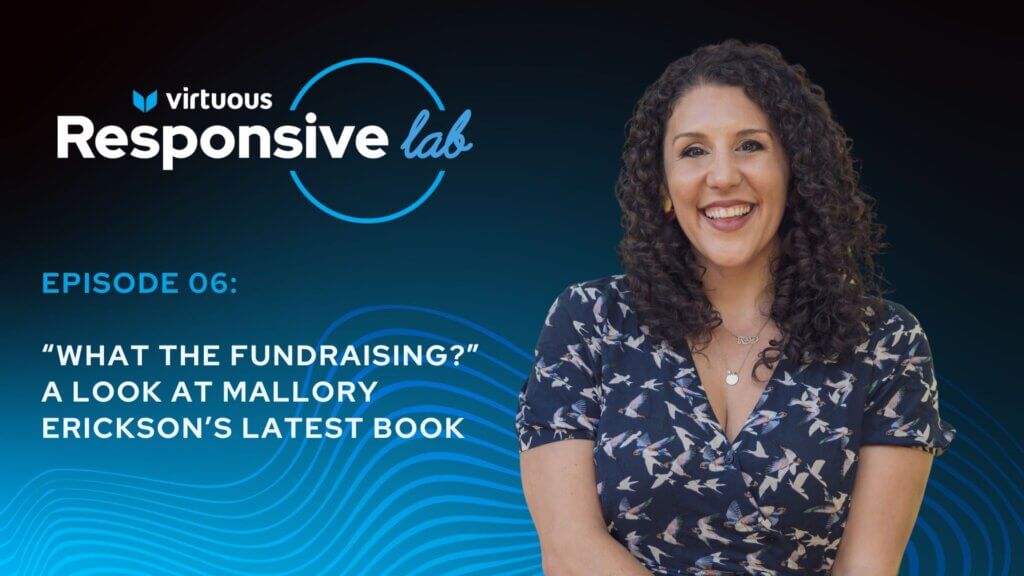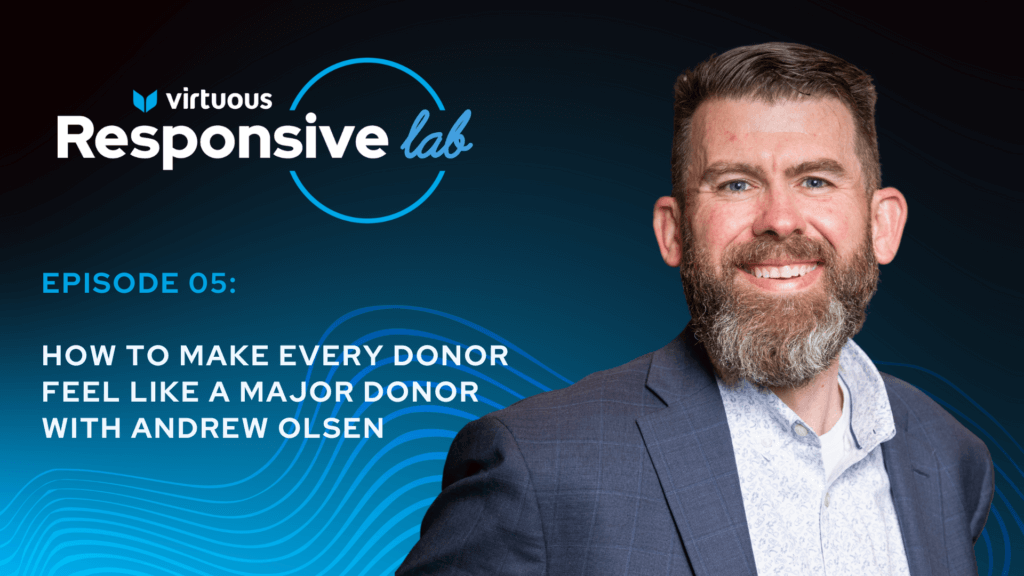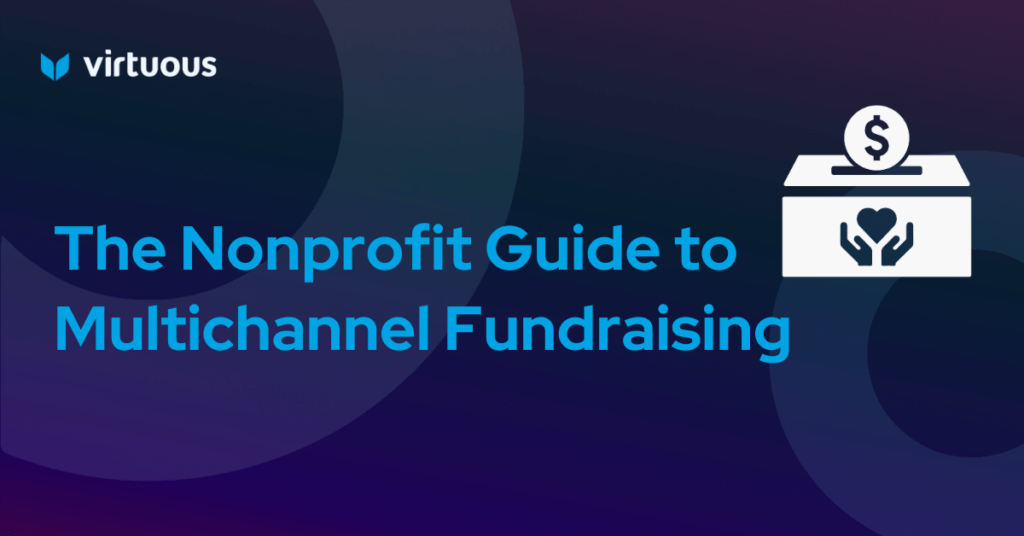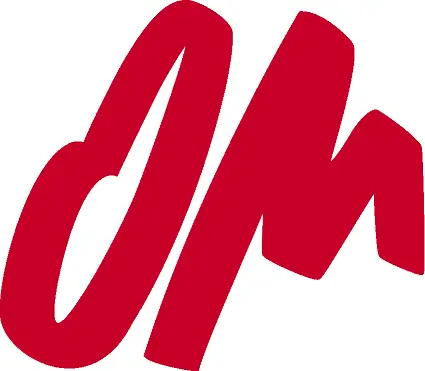Confession: I love calling donors on the phone.
Let’s be clear: I’m not signing up to work in telefundraising. What I like are the calls that are about building donor relationships: the thank you calls, the “can I get your advice?” calls, and the “I’d like to invite you to an event” calls.
It has come to my attention that not all of you feel the same way.
A lot of fundraising professionals would rather fill out forty grant applications than make a single phone call. If they had to pick, they’d meet with a hundred program officers, and ask a dozen people for major gifts, before they’d start dialing.
That’s okay, you can still build an effective donor communication strategy without the phone. In fact, you shouldn’t rely solely on the phone to reach out and touch your donors. These days, you can build donor relationships through multiple channels, more than ever before.
Building Donor Relationships Is Different Now
Once upon a time, our interactions with organizations were not so personal. We didn’t expect the person who processed our catalog mail-orders to remember our names, and we certainly didn’t know theirs. Likewise, many donors didn’t get too intimate with the people behind the nonprofits they supported. They got letters, wrote checks, popped them in the mail, and that was that.
No more.
It’s a different world. Automation, CRMs, and algorithms have made it possible for everything to be personalized, from our newsfeeds to our online shopping carts. Consequently, we all expect personalization, and donors are no different.
In addition to personalization, more and more, donors want to have a relationship with the organizations they support. They want more inside information, education, and inspiration. They want to be part of a community, and they want to know they’re making a difference.
How do you give them all of that? By building donor relationships with your donor communications strategy.
Keys to an Engaging Donor Communications Strategy
A donor communications strategy is simply the plan you put in place for communicating with your donors. A good one will provide your donors with information about your work, inspiration to get involved, and a solid understanding of why they matter.
Elements of a Successful Donor Communications Strategy
Every successful donor communications strategy includes:
- Impact-focused storytelling
People respond to stories, but often nonprofits lean into statistics and numbers to communicate with donors. Try telling the personal stories from people who have been directly impacted by your donors’ generosity. - Regular progress updates
Your donors are the reason your nonprofit can do more good in the world. Your communications strategy should always circle back to them and their impact. Let your donors know how things are developing the programs they’ve supported. Share your milestones, celebrations, and setbacks. Keep engaging them in the story. - Opportunities for donors to participate in the conversation
Committed donors want to know they’re part of the community that is making an impact in the world. They have expertise, ideas and resources that you can leverage to do more good. Add an element to your communications strategy that includes them in the conversation. Ask your donors what they think, what’s important to them, and what they’re curious about.
How to Execute Your Donor Communications Strategy
There are many ways to build donor relationships without the dreaded phone, each with its own strengths and advantages.
Email is an essential part of any good donor communications strategy. You’re probably already using it–but are you getting results? To get the most out of email, make sure your messages are:
Personalized
Use data merges to insert personal details into your emails, like people’s names, gift amounts, or years with your organization. If your emails to a ten-year donor start with “Dear Friend,” you’re in trouble.
Email is very convenient, but it can be a little cold. Unlike the phone, it doesn’t give the personal touch of a human voice talking to you. Knowing someone is taking the time to call is meaningful, so make up for it by warming up your emails with details about their last donation, the last time you talked to them, or their specific interests.
Responsive
If a donor emails you, hurray! They’re engaged and interested in your organization. Make sure you reply promptly and thoughtfully, directly answering any questions they’ve asked, referencing their history or other engagement with your organization, and, of course, using their name!
Your larger email strategy should also be responsive: to trends. As you look at your email data, you’ll see the subjects that resonate with donors, which links they click, and what they respond to. Give them more of the things they’re engaging with, and less of the things they’re ignoring.
Inspiring
Email is a good tool for soliciting donations, but it’s a great tool for storytelling. You can write stories, share pictures, or embed videos in a message you deliver straight to your supporters’ inboxes. Make sure the stories you tell are positive and inspiring. If you’re sending consistently negative messaging, people will not be excited to open your emails.
Relevant
Segment your donors to target your messages to the people who most want to hear them. Create lists based on demographics, event attendance, donor interests and more, to ensure that each message you send is relevant to the donor who receives it.
Chatbots
Wait a second, robots? That’s right. Nonprofits are starting to use chatbots to take on some communication tasks. You’ve probably already seen it in action on Facebook, where nonprofits and businesses use chatbots to answer common questions via Facebook Messenger.
Chatbots aren’t a replacement for a live person, but they’re an excellent supplement. They allow nonprofits to be responsive 24/7. If a donor wants to ask a quick question at 2 AM, a chatbot can provide a friendly and informative experience. Using staff to achieve that level of responsiveness would be very time-consuming and expensive, but chatbots make it affordable and simple.
A chatbot can give your donors a personalized experience. It can identify repeat visitors to your site, respond to specific inputs, and give a more pleasant “human” feel to donors’ interactions with your organization, without drawing on staff time or effort. You can use fun responses, like GIFs or pictures, to give your chatbot personality. At the end of the interaction, the donor will feel more like they talked to someone than if they just read your website to look for information.
Nonprofits are using chatbots to:
- Answer common questions from supporters instantly
- Collect email signups
- Run surveys
- Solicit donations
- Tell stories (Check out charity:water’s chatbot, Yeshi, who simulates a young girl’s journey to collect water in Ethiopia, humanizing the water crisis).
Text Messages
Text messaging holds a ton of potential for nonprofits. Approximately 96% of Americans have a cellphone, and 81% have smartphones. Unlike email, text messages are almost always opened and have a very high response rate.
Nonprofits can use text messaging to:
- Update donors
Send a quick message and remind donors to purchase event tickets, announce the launch or finish of a campaign, or update them on campaign progress. - Run text-to-give programs
Text-to-give programs allow donors to give easily and conveniently, via text message. They’ve been tremendously successful for disaster relief—the Red Cross raised $43M via text for the earthquake in Haiti–but is good for any donation with an appeal that emphasizes urgency. - Spur advocacy actions
Keep donors involved in the cause by sending them links to sign petitions, or giving them one action to complete each day. - Ask and answer questions
Interactive text messages, using either chatbots or a live person on the other end, give supporters a new way to get in contact with you. They might hate talking on the phone, too! - Send multimedia messages like videos and pictures
Use your text messages for instant storytelling. Keep your messages brief and inspiring.
Meeting In Person
Face-to-face communication is a powerful thing, so don’t underestimate it when you’re building donor relationships. While technological advances make it easy to implement a donor communication strategy using video and text, real-life is still important.
When you meet with a donor in person, the conversation may flow more naturally, unimpeded by technical issues. You can read body language, share the experience of being in the room together, and allow for more quiet and contemplation before speaking. Instead of being yet another face on a screen, you’re a real person to your donor.
In-person meetings are often a part of major gift solicitation, but they don’t only have to be about asking. Consider:
- Inviting donors to volunteer in small groups
- Asking donors to meet up one-on-one
- Giving a tour of your facility, or taking donors on a field trip to a program site
- Hosting small events like discussion groups, presentations, and coffee hours
Video and Live Streaming
Video is a powerful storytelling tool, because it allows watchers to engage with content with more than one of their senses. It’s a great way to show multiple perspectives easily, and it’s readily engaging.
Videos can be used to:
- Introduce a fundraising campaign
- Send a thank you to donors
- Give donors a message from the people they’ve helped
- Educate donors about a problem or issue
- Celebrate campaign or organizational milestones
Use live streaming video platforms like Facebook Live, Instagram, or Periscope to bring your donors into the room, wherever you may be. Nonprofits can take donors out into the field, show them exclusive interviews with staff and clients, host a Q&A, or go behind the scenes at events.
Live streaming is a good option to share real-life experiences with your donors, without the logistical headache of bringing them all along with you. It may be impossible to bring 200 people into a classroom or museum exhibit, but it’s a breeze with video.
Handwritten Letters
This one is little labor-intensive, but to really impress your donors send them a hand-written card or letter. Your message doesn’t have to be long or involved, but a little note in the mailbox from a real person will certainly brighten their day and stick out in their memory. Stock up on blank cards and send your donors your well wishes to mark birthdays, anniversaries with your organization, or an extra thank you note.
If handwriting letters feels like too much to add to your busy schedule, enlist your board members to get more involved with fundraising or invite clients to write a note, if appropriate.
Donor Communication Strategy is About More Than the Phone
You can hang up on phone calls, and still communicate effectively with your donors. Share your inspiring and impact-focused messages on all the new channels, and some of the old ones, and you’ll have many opportunities to connect.





